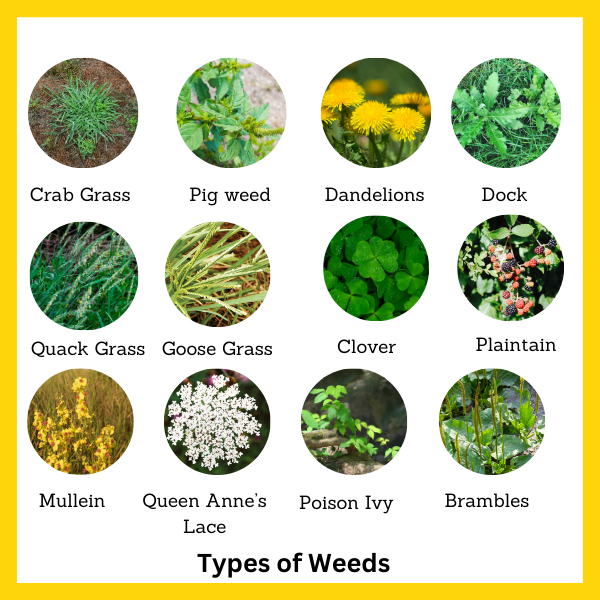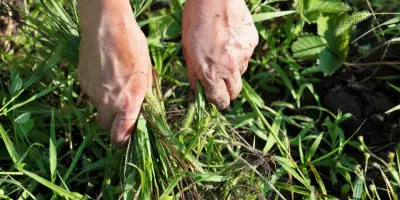Weeds, the uninvited guests in our gardens and farms, are more than just a nuisance. They compete with our crops for vital resources like sunlight, water, and nutrients. Understanding and identifying these stealthy invaders is crucial for effective management and control. Let’s delve into the world of weeds, exploring their types and how to identify them.
The Importance of Weed Identification
Understanding the types of weeds you’re dealing with is crucial. Each type may require a different management strategy. In agricultural and horticultural settings, effective weed identification can lead to more successful control methods. It helps in choosing the right herbicides, deciding on the best time for removal, and implementing preventive measures.
By equipping yourself with the knowledge of weed characteristics and utilizing available resources, you can significantly improve your ability to manage and control weed infestations. This not only helps in maintaining the health and aesthetics of your green spaces but also contributes to the overall productivity and sustainability of your gardening or farming efforts.
Look For Key Features
Utilize Resources for Identification
- Pocket Guides: These are gold mines of information, offering structured methods to identify weeds at different growth stages. They’re handy, especially when you’re out in the field or garden.
- Online Tools: The internet is your friend here. Look for articles, apps (NSW Weedwise), and digital weed identification services that can offer detailed insights and comparisons.
- Professional Services: Sometimes, you might need a bit of expert help, especially for tricky weeds. Weed identification services can give you a precise answer based on various plant parts.
By discerning whether you’re dealing with a broadleaf weed, a grassy weed, or perhaps a sedge, you can strategically tailor your approach to control and eradicate them with greater efficiency.
In the realms of agriculture and horticulture, this knowledge becomes particularly invaluable. It not only aids in selecting the most appropriate herbicides but also assists in determining the optimal timing for weed removal, as well as in devising preventive strategies to maintain your garden or farm in prime condition.
Therefore, let’s delve a bit deeper into the world of weeds. We’ll explore some common types you might encounter and discuss the most effective methods to manage them
Common Types of weeds
Moreover, it’s important to recognize that weeds vary greatly in their characteristics. They manifest in diverse shapes, sizes, and forms, each presenting its own set of challenges. Gaining insight into these different types can significantly enhance your ability to manage them effectively. Here are the primary types of weeds you’re likely to encounter:
Annual Weeds:
These weeds complete their life cycle within a single year.
They grow, produce seeds, and die within one season.
Examples: Crabgrass, Pigweed.
Control Tip: Regular mowing and timely herbicide application can keep them in check.
Perennial Weeds:
They live for more than two years.
These tough customers often have deep root systems, making them harder to eradicate.
Examples: Dandelions, Dock.
Control Tip: They require persistent efforts, often needing systemic herbicides and physical removal.

Biennial Weeds:
These take two years to complete their life cycle.
In the first year, they grow leaves, and in the second, they flower, seed, and die.
Examples: Mullein, Queen Anne’s Lace.
Control Tip: Removing them before they seed in the second year is key.
Grassy Weeds:
They look like grass and have a similar growth habit.
Examples: Quackgrass, Goosegrass.
Control Tip: Pre-emergent herbicides are effective, and maintaining healthy turf can prevent their spread.
Broadleaf Weeds:
These have wider leaves with a net-like vein structure.
Examples: Clover, Plantain.
Control Tip: Broadleaf-specific herbicides can be used, often during the active growth phase.
Woody Weeds:
These are more like shrubs and trees, tough and woody.
Examples: Poison Ivy, Brambles.
Control Tip: Cutting them back and applying systemic herbicides can help.




